Residential Dryer Duct Cleaning / Repair
Clean Duct, Clean Home Air
At Hygienic Air, Inc, we prioritize fire safety and recognize the critical importance of annual dryer duct cleanings and inspections. Our team boasts more Certified CSIA Dryer Duct Technicians than any other company in Central Florida. With state-of-the-art equipment and extensive knowledge, you can rest assured that your home's dryer duct will remain clear of obstructions. Additionally, we are proud members of the National Fire Protection Agency (NFPA), further demonstration our dedication to safety and compliance.
Cleaning Frequency:
Every Year.
ATTENTION! International Residential Code (IRC) M1502.3 states that screens on dryer vent terminations are considered a violation and a fire hazard. Unfortunately, many roofers leave these screens in place during installation. Whether it's a new construction home or a re-roof, it's crucial to remove these screens. They can result in longer dry times, machine failures, or, even worse, fire risks. Get in touch with our team and we will get a certified dryer vent technician to your home so you can be safe.
Did You Know That Dryer Fires In The US Annually Cause
5
Deaths
100
Injuries
35
Million In Property Loss
What is Dryer Vent Cleaning?
Dryer vent cleaning is the cleaning of the dryer exhaust line from the back of the dryer to the exterior of the home.
Why Is Dryer Vent Cleaning Important?
Why Is Our Process The Best?
According to the National Fire Protection Association (NFPA), over 17,000 structural fires occur each year as a result of a dryer fire. The NFPA further states that the #1 cause of a dryer malfunction is not cleaning out the dryer vent, which accounts for 1/3 of all dryer fires. It also increases the efficiency of the dryer itself. The lint and debris that collects in the clothes dryer duct causes your dryer to work harder and run longer. A clogged vent could contribute to high levels of carbon monoxide or even cause a fire.
- We hook our power vacuum truck to the dryer exhaust duct behind your dryer
- We send our air whip in from the exterior to dislodge the lint from the walls of the duct as the vacuum truck pulls it right out
- We ensure the exit point has full vacuum suction
- We then run your dryer to ensure that it is running optimally
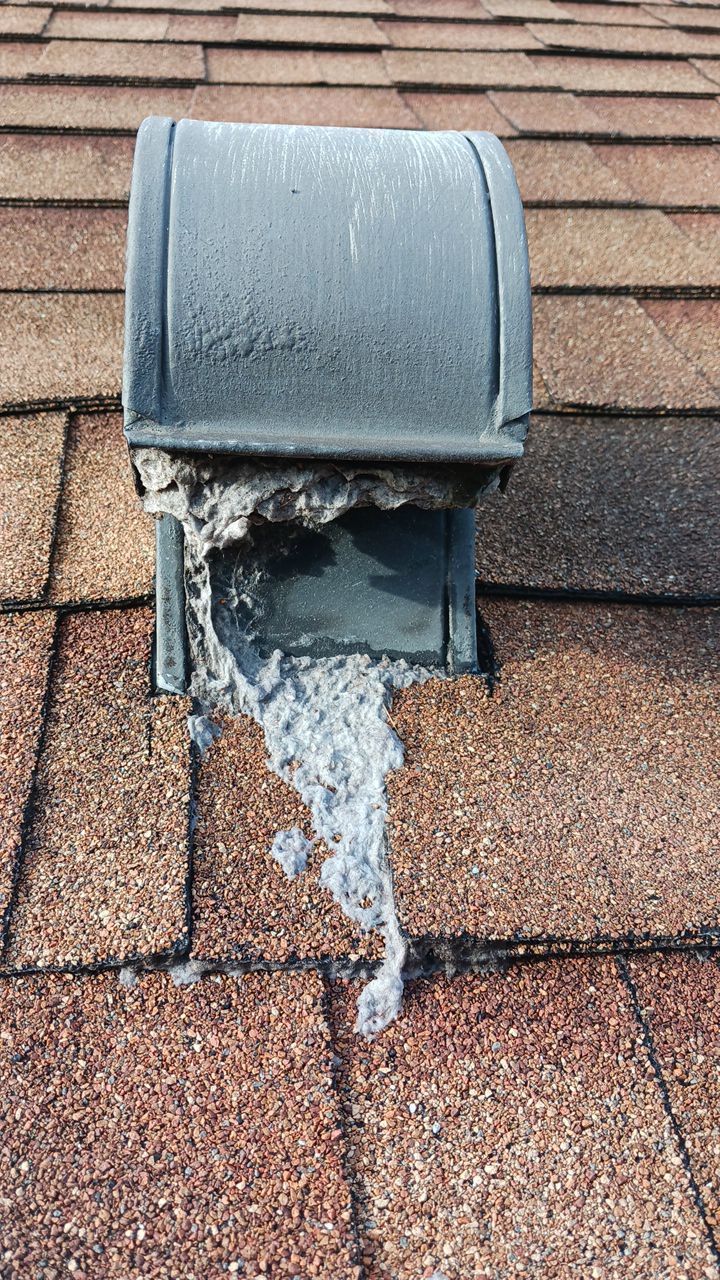
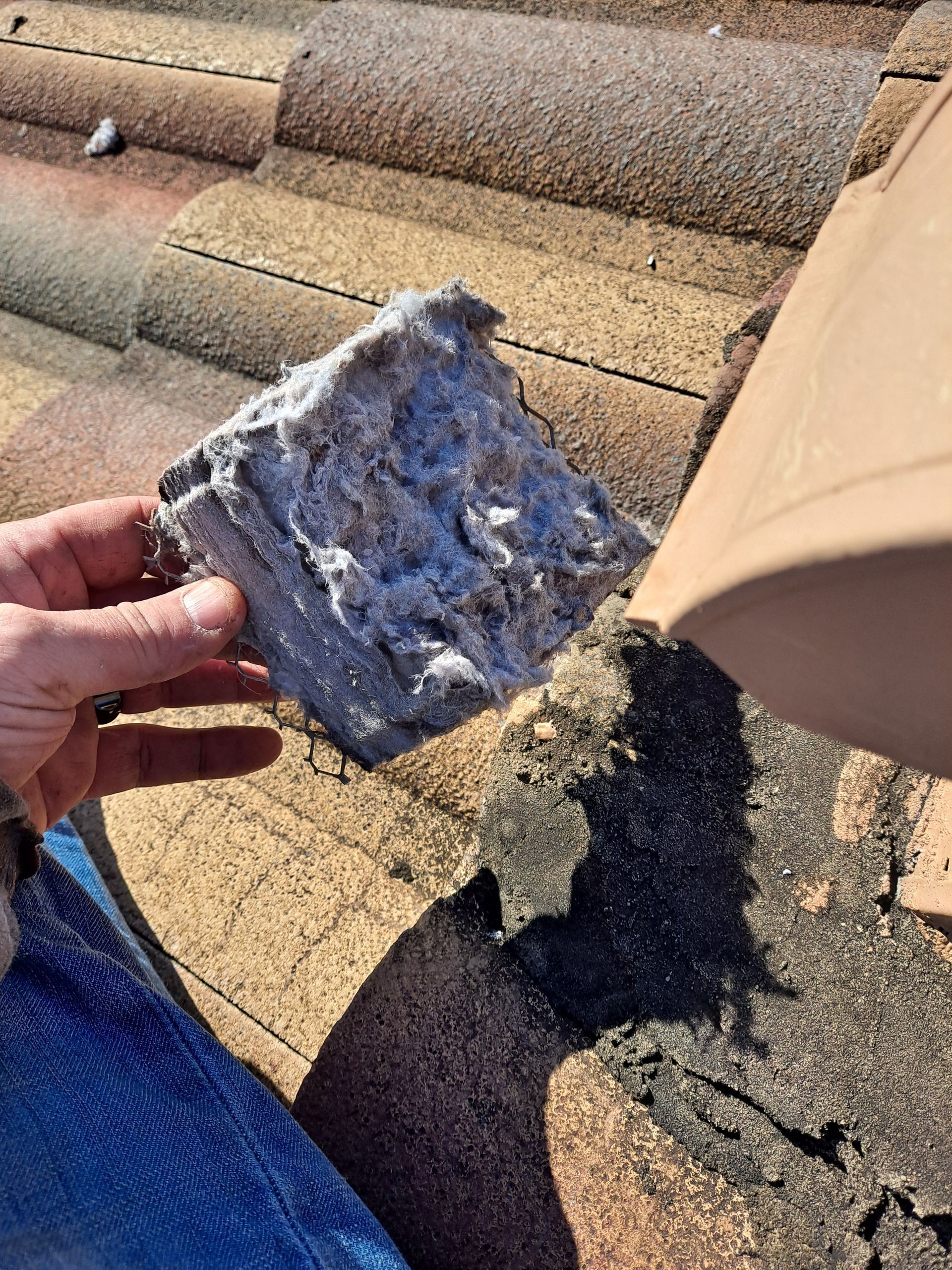
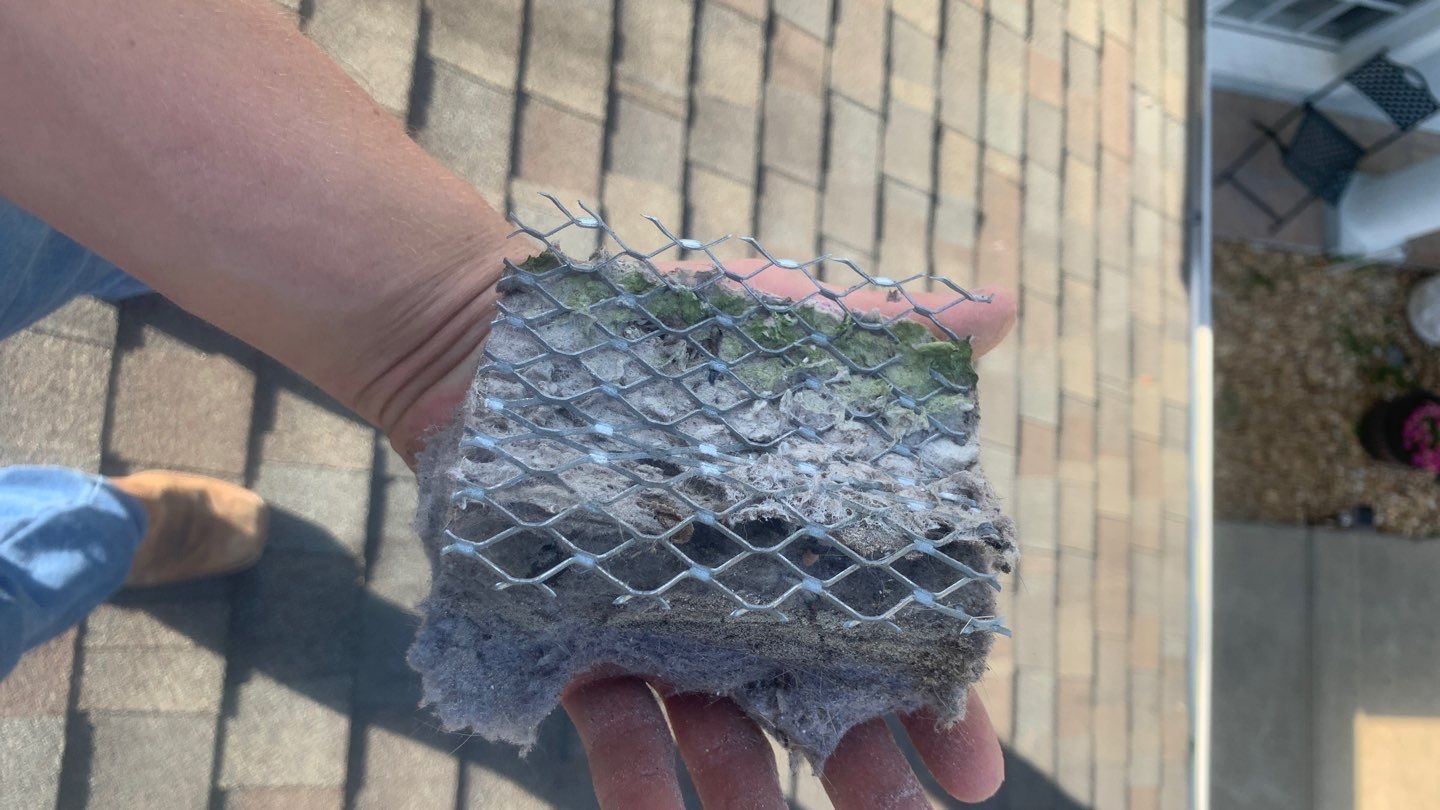

What To Expect From Our Competitors
Common Issues with Competitor Methods
1. Leaf Blower from the Dryer Side:
- Problems: This can cause clogs to blow back into the home, spreading lint everywhere.
- Risks: Increased fire hazards and inefficient cleaning.
2. Drill with a Brush:
- Problems: Brushes can get stuck in the ducts, leading to costly repairs.
- Risks: Incomplete cleaning and potential damage to the ductwork.
3. Using Just Air from the Exterior:
- Problems: This method can blow lint all over your yard and belongings.
- Risks: It may not fully clear clogs, leading to inconsistent airflow and potential fire hazards.
What to Look for in a Professional Service
1. Proper Equipment:
- High-Powered Vacuums: Ensure the service uses industrial-grade vacuums to remove debris effectively.
- Use of High-Powered Compressed Air: This method ensures thorough cleaning without the risk of tools getting stuck in the ducts.
Warning Signs It's Time To Clean Your Dryer Vent
ARE YOU RUNNING YOUR DRYER MULTIPLE TIMES?
DO YOUR CLOTHES SMELL FUNNY, LIKE A BURNING SMELL?
HAVE YOU NOT HAD YOUR DRYER VENT CLEANED IN THE LAST YEAR?
DOES YOUR LAUNDRY ROOM FEEL LIKE A SAUNA?
IS YOUR DRYER HOT TO THE TOUCH?
DO YOU HAVE MORE LINT BUILD UP THAN NORMAL?
IS THE FLOW SENSOR LIGHT ON YOUR DRYER LIT?
The following can occur as a result of a clogged dryer vent: fires, wear and tear on the dryer, high utility bills and carbon monoxide poisoning.
As a part of your home’s maintenance program, clean the lint out of the lint trap between each cycle and on an annual basis, call Hygienic Air, Inc for your professional dryer vent clean out. Your appliance will thank you and so will your home and family’s safety.
Our Dryer Vent Cleaning Process
A power vacuum truck is connected to the duct behind the dryer. This puts the dryer duct under negative suction.
1.
STEP ONE
2.
STEP TWO
Next, our technician will go to the exterior, the point of exhaust located on the outside of your home.
Our agitation whip is sent through the dryer pipe to loosen all lint and debris.
3.
STEP THREE
4.
STEP FOUR
As the lint and debris becomes dislodged, the negative suction pulls it back into the vacuum truck. Leaving no mess behind and ensuring a proper dryer vent cleaning.
Why Our Dryer Duct Cleaning Stands Out
Our process for dryer duct cleaning is designed to be thorough and effective. We ensure the dryer duct is under 100% negative suction by disconnecting the dryer from the duct. This method guarantees that all lint and debris are removed, preventing clogs and reducing the risk of dryer fires. Unlike other methods that use leaf blowers or drill-powered brushes, which can cause clogs, our approach leaves no mess behind. We use the proper equipment to ensure the job is done right and safely.
Dryer Vent Cleaning FAQs
Bird Guards and Dryer Vents
- Purpose: Bird guards are essential for preventing birds and small animals from nesting in your dryer vents. These nests can cause serious clogs, leading to inefficient dryer performance and potential fire hazards.
- Additional Benefits: Besides keeping animals out, bird guards help prevent back pressure from outside wind. This back pressure can force carbon monoxide, a dangerous gas, back into your home, posing a serious health risk.
- Options: Hygienic Air offers both metal and plastic bird guards. Metal guards are typically more durable and long-lasting, while plastic guards can be a more budget-friendly option. The choice depends on your specific needs and budget.
Screens on Dryer Vents
Cost of Dryer Vent Cleaning
Frequency of Cleaning
Duration of Cleaning
- Time Required: A typical dryer vent cleaning takes about 30 to 45 minutes. This includes inspecting the vent, cleaning it thoroughly, and ensuring that everything is functioning properly. The exact time can vary depending on the length and condition of the vent.
- Recommended: The National Fire Protection Association (NFPA) recommends having your dryer vent cleaned at least once a year. Regular cleaning helps prevent lint buildup, which is a leading cause of dryer fires.
- Signs You Need Cleaning: If you notice your dryer running more frequently, a burning smell, or if the dryer is hot to the touch, these are signs that your vent may be clogged and needs immediate cleaning. Ignoring these signs can lead to more serious issues, including fire hazards.
- Beware of Low Prices: Companies that offer very low prices, such as $49.99, often do not perform a thorough cleaning. They may use inappropriate methods like leaf blowers, shop vacs, or brushes attached to drills. These methods do not provide the necessary suction to properly clean the vent and can even cause damage or additional clogs.
- Proper Cleaning: A reputable company will use specialized equipment designed for dryer vent cleaning, ensuring that the entire vent is cleaned thoroughly and safely.
- Regulations: According to building code M1502.3, screens are not allowed on dryer vents. This is because screens can quickly become clogged with lint, which restricts airflow and can cause the dryer to overheat or even catch fire.
- Common Issue: Despite the regulations, many roofers leave screens installed on dryer vents, especially on new homes or after roof replacements. This oversight can lead to poor dryer performance, longer drying times, and moisture buildup in the vent, which can cause mold and mildew.
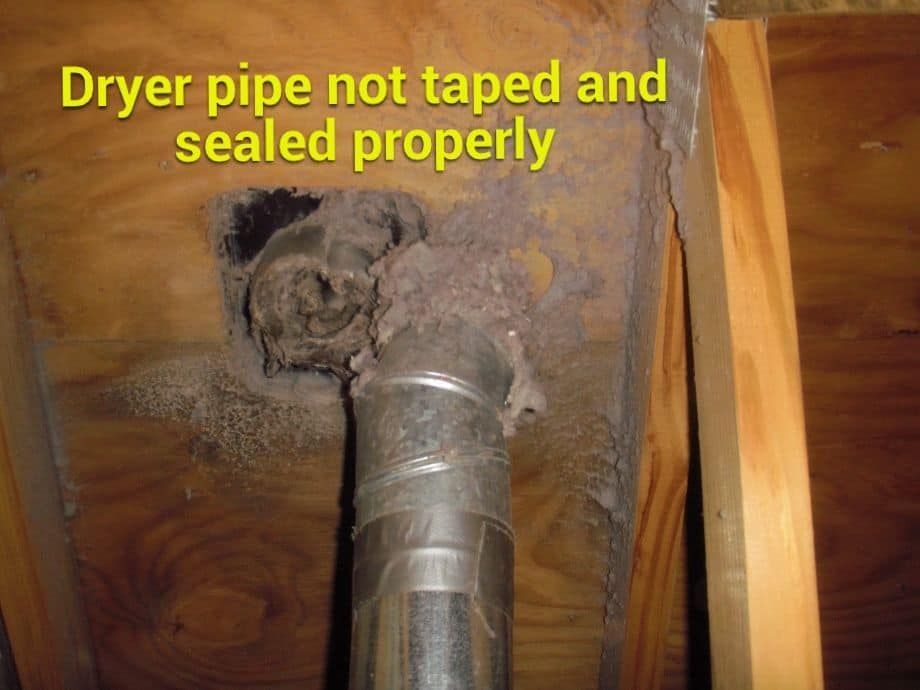
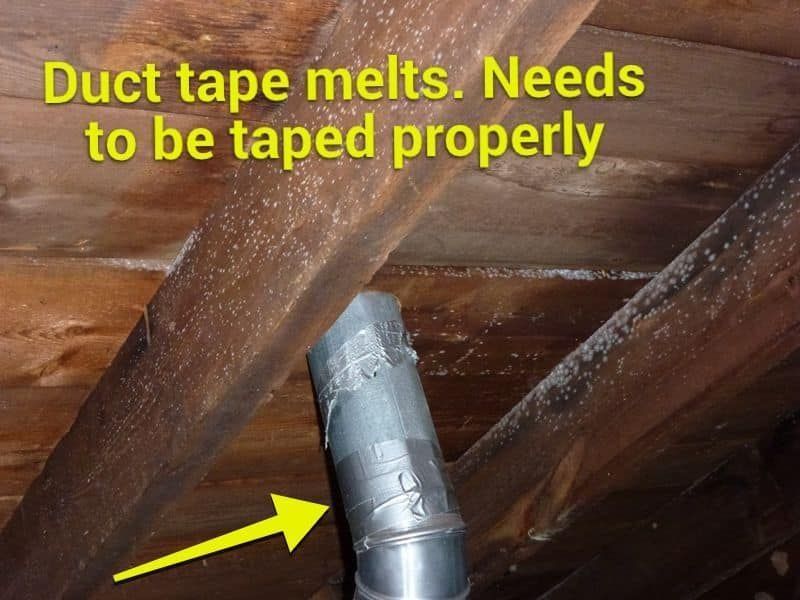
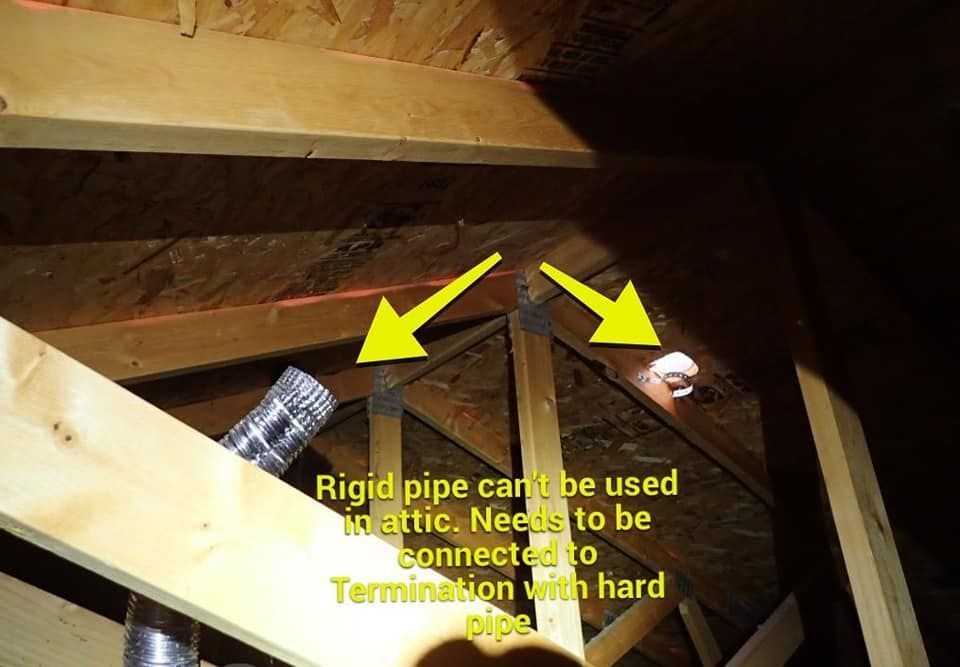
Dryer Vent Repairs / Installs
Often, dryer vents require repair. Over time, dryer pipes can become loose, sag, or even completely disconnect-especially after a new roof installation. When the dryer pipe disconnects, it allows lint and moisture to accumulate in the attic or wall. At Hygienic Air, we offer comprehensive services to bring your dryer vent back to code compliance, ensuring that it exhausts to the exterior of your home or business."
Improper Materials Used for Dryer Vent:
Whether the dryer pipe was mended DIY as a quick fix or by an uncertified professional, we often see plastic, duct tape and even too thin of gauge pipe to connect the dryer vent. Hygienic Air will bring all of these issues back to code compliance, so you won't have to worry about fire safety.
Attic Lint Accumulation:
When the dryer vent pipe disconnects or has gaps, lint-laden air can escape into the attic space. Over time, this lint accumulates on insulation, wooden structures, and other materials.
Lint is highly flammable, and its presence in the attic increases the risk of a fire hazard.
Wall Lint Buildup:
If the disconnected vent runs through a wall cavity, lint can find its way into the wall. This hidden lint buildup poses several dangers:
Fire Risk:
Lint is combustible, and if it accumulates near electrical wires or other heat sources within the wall, it can ignite.
Reduced Efficiency: A blocked vent reduces airflow, making your dryer less efficient and increasing drying times.
Moisture Issues:
Lint can trap moisture, leading to mold growth or structural damage.
Addressing disconnected dryer vents promptly ensures safety, energy efficiency, and proper functioning of your dryer. If you suspect any issues, consider professional inspection and repair. Stay safe!
Longer drying times
Excessive lint around the dryer area Musty odors from the attic or walls
Visible gaps or sagging in the vent pipe
Signs of Disconnected Vents:
Give the Dryer Some Space
Today, you can place the dryer flush to the wall without crushing the exhaust hose or restricting airflow. Install the Dryerbox® for safer, roomier and more efficient homes.

- Cleaner, More Professional Finish
- Safer, Roomier, More Efficient Homes
- Let the Dryer Perform at Peak Efficiency
- Help Protect Against Fire Spread
- Protect Exhaust Duct in the Wall

Choosing the Dryerbox recessed exhaust receptacle makes for a simpler, cleaner install that truly finishes the laundry right. You'll protect the exhaust hose neatly in the wall, and you'll be able to place the dryer flush to the wall without crushing the hose or otherwise restricting airflow. Adding this receptacle makes homes roomier and more efficient. It also makes them safer by reducing the fire hazard associated with dryer venting problems. It's even UL Classified for a 1-hour wall.
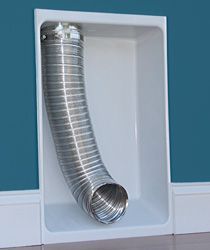
Dryerbox Exhaust Receptacle
In the past, homeowners had to put up with the inefficient venting of their dryer appliance exhaust due to numerous friction causing bends or kinks in the flex duct hose that connects the dryer to the wall exhaust pipe. Lint build-up and a fire hazard are the unwelcome by-products of these annoying bends. To accommodate these flow restrictive bends, the dryer appliance had to be located five to six inches away from the wall, taking away valuable living area.






